Subtotal: R855.00
Ambient 23 Click
R240.00 ex. VAT
Ambient 23 Click is a compact add-on board that measures the intensity of visible light. This board features the VEML3235SL, an advanced ambient light sensor designed by the CMOS process from Vishay Semiconductors that transforms light intensity to a 16-bit digital signal output that can be directly communicated via an I2C interface. The VEML3235SL has a flexible and wide operating range of up to 17.867lx with a maximum resolution of 0.0021lux/count, providing excellent responsivity close to a human eyes’ response. It also has excellent temperature compensation and provides Software shutdown mode, which reduces its power consumption. This Click board™ is suitable for various applications, including handheld and consumer gadgets, industrial and medical equipment, computing systems, and more, providing real-time information about the surrounding environment to enhance operational efficiency and user experience.
Ambient 23 Click is fully compatible with the mikroBUS™ socket and can be used on any host system supporting the mikroBUS™ standard. It comes with the mikroSDK open-source libraries, offering unparalleled flexibility for evaluation and customization. What sets this Click board™ apart is the groundbreaking ClickID feature, enabling your host system to seamlessly and automatically detect and identify this add-on board.
Stock: Lead-time applicable.
| 5+ | R228.00 |
| 10+ | R216.00 |
| 15+ | R204.00 |
| 20+ | R196.32 |

 RN4678 Click
RN4678 Click 
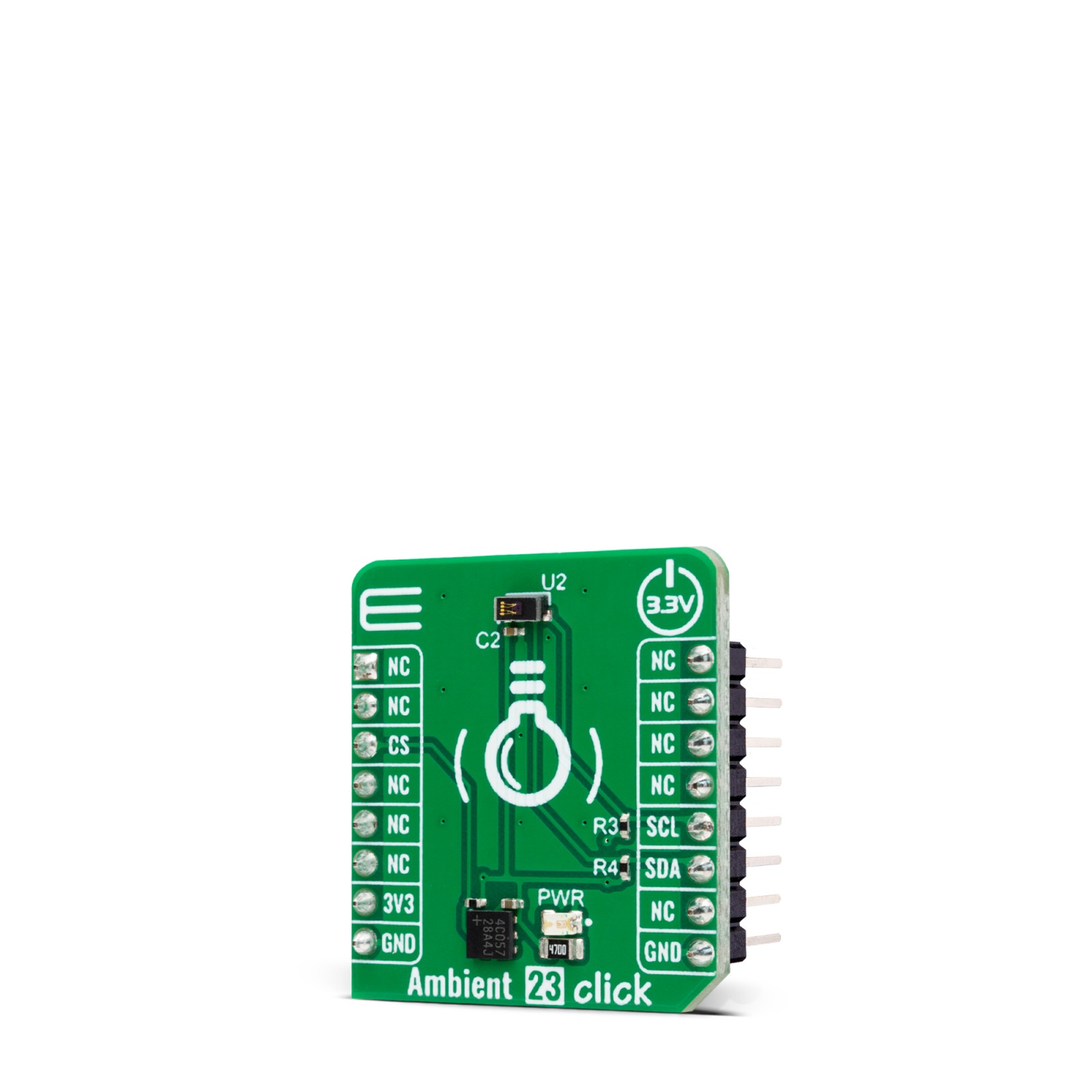
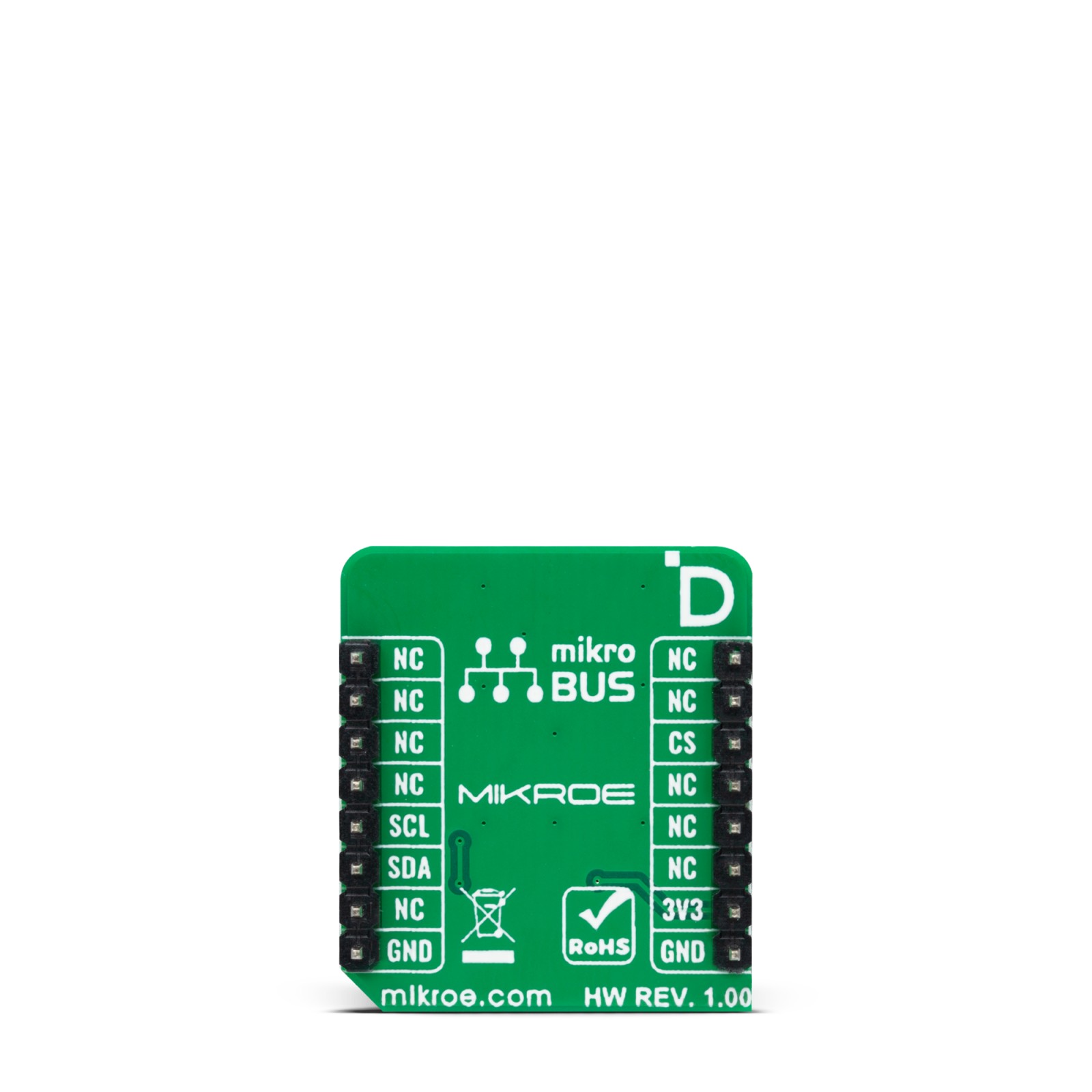
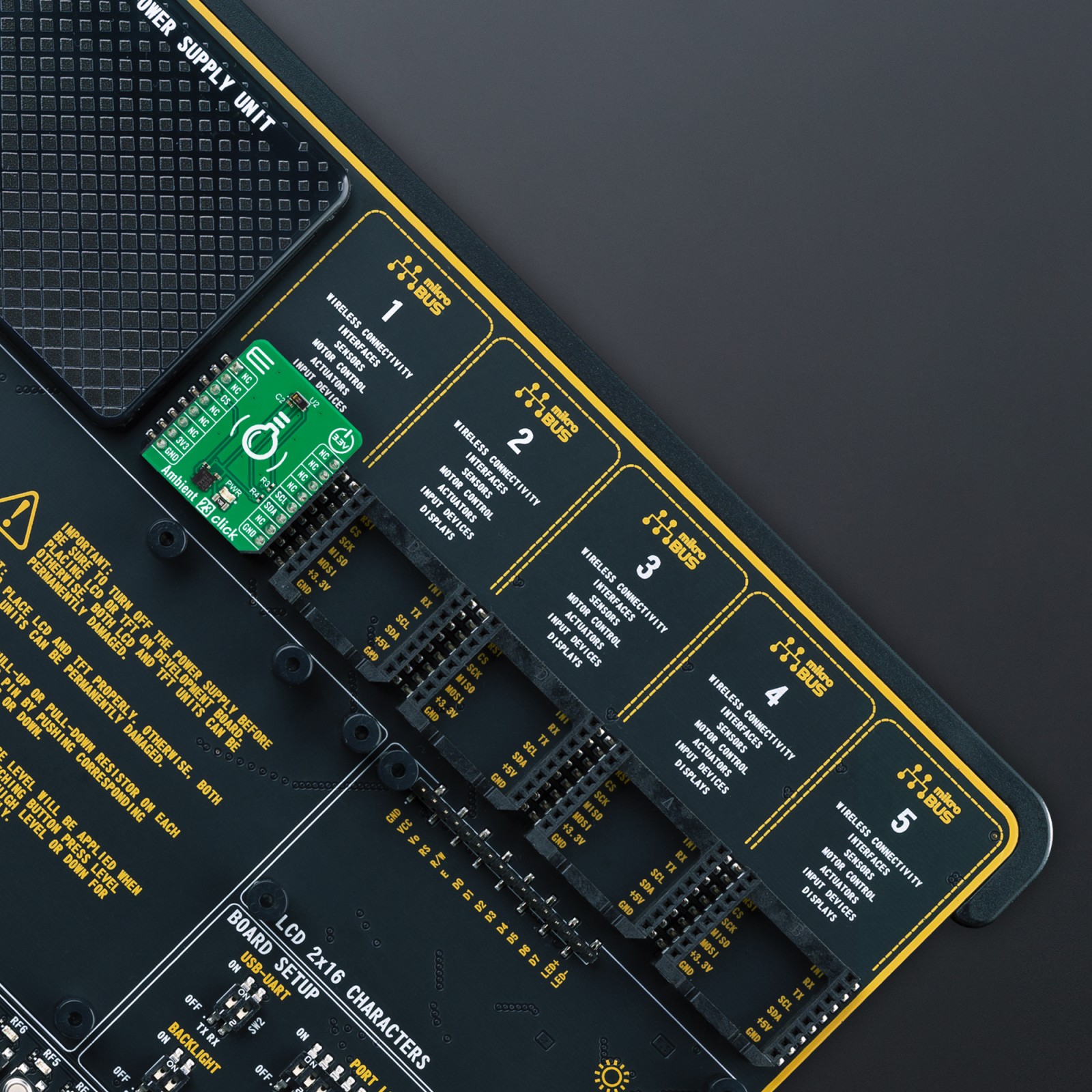
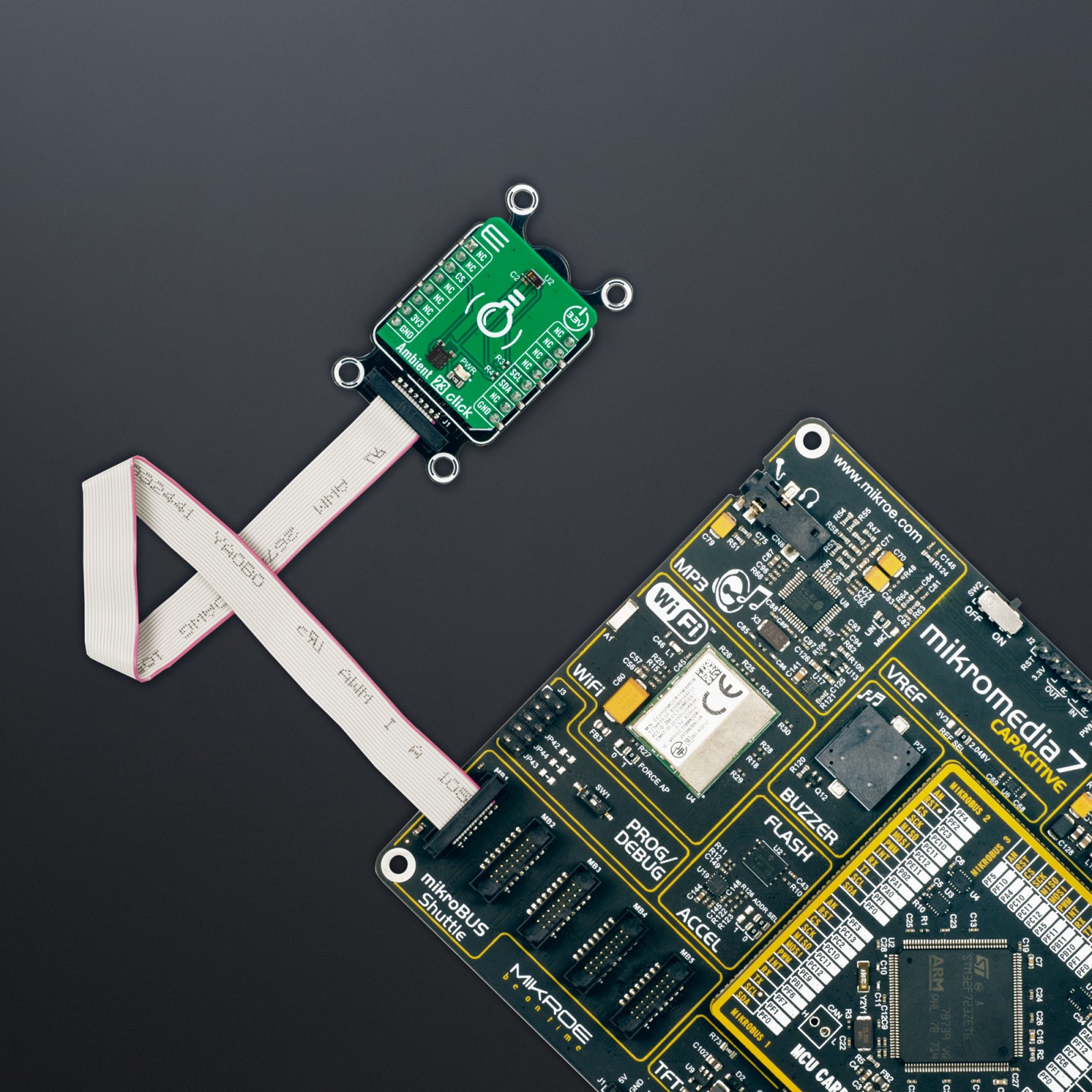

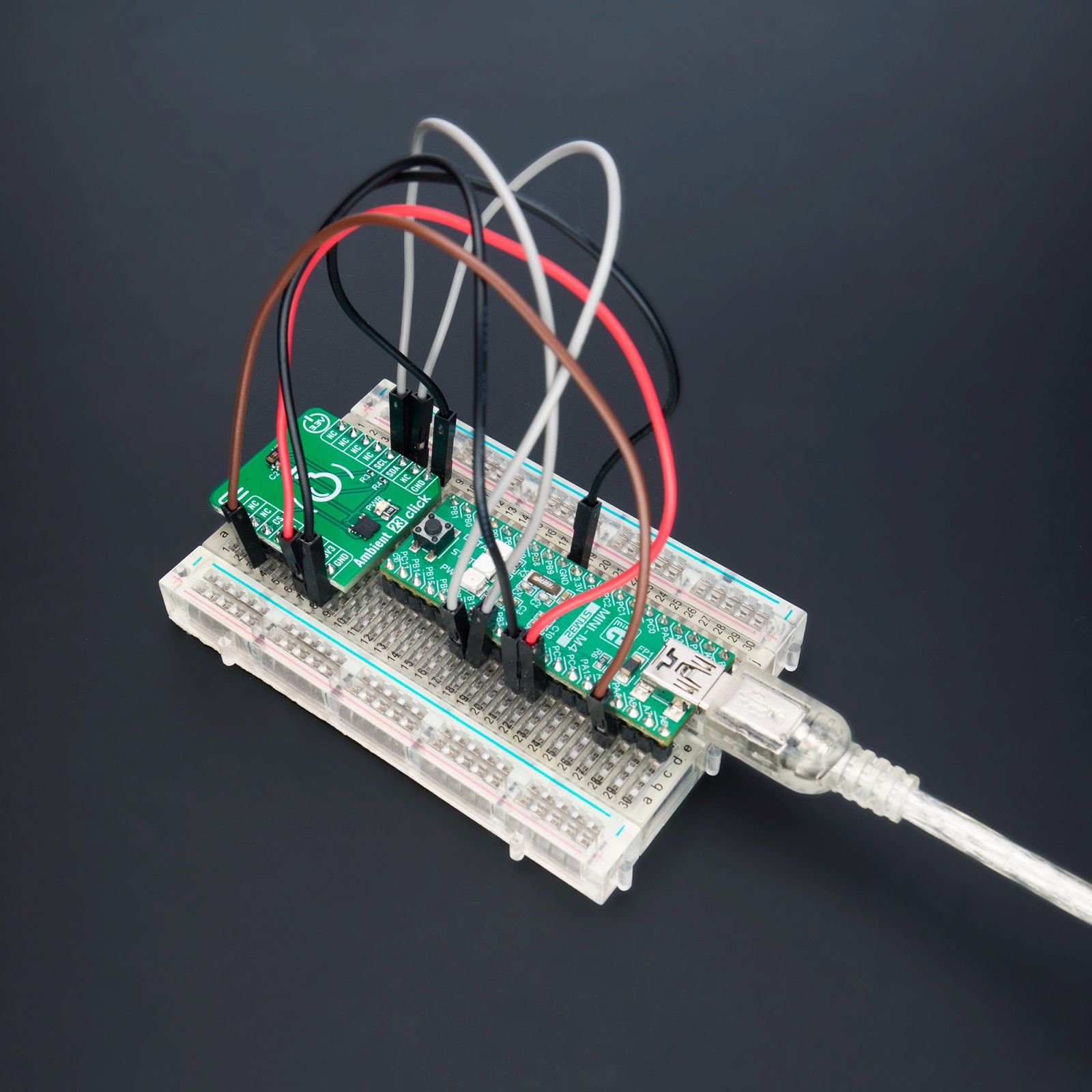

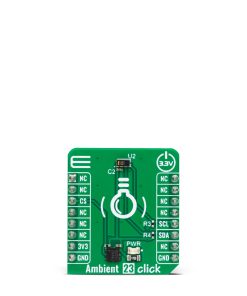
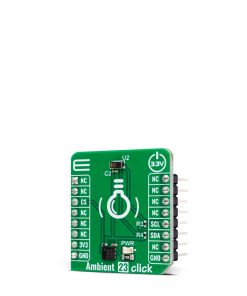
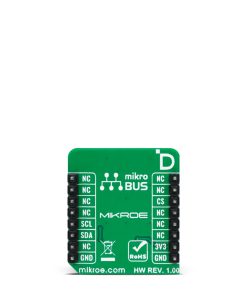
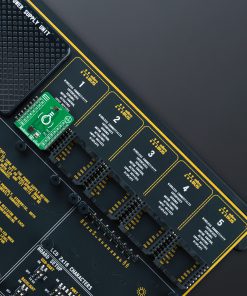
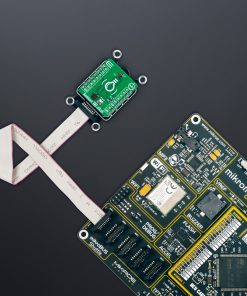
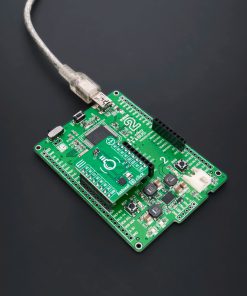
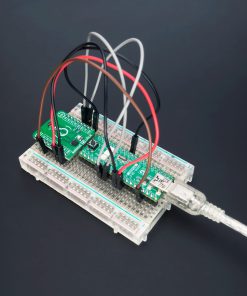

.jpg)








